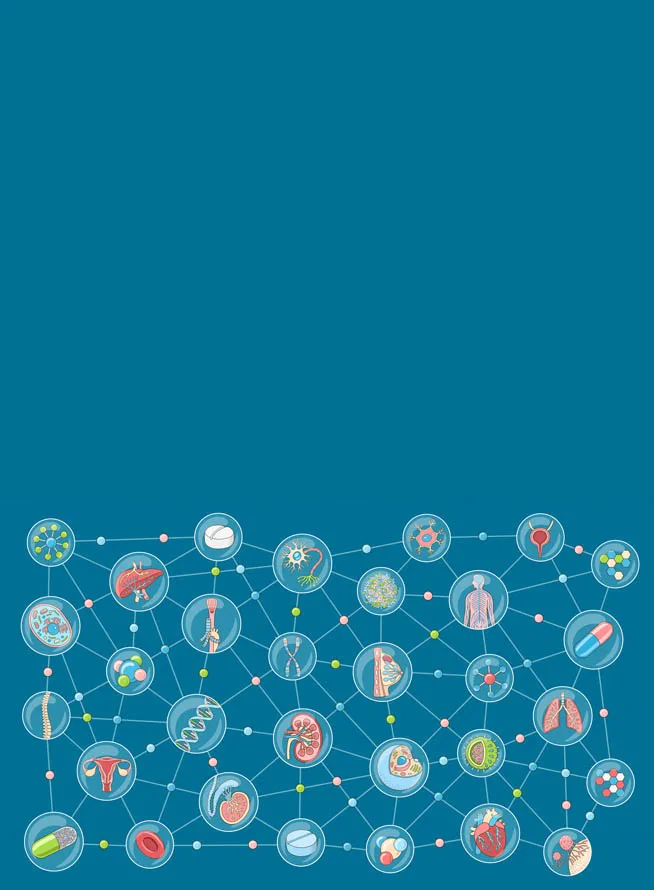What matters most when the next cure is waiting to be discovered?

Unfortunately we don't fully support your browser. If you have the option to, please upgrade to a newer version or use Mozilla Firefox, Microsoft Edge, Google Chrome, or Safari 14 or newer. If you are unable to, and need support, please send us your feedback.
We'd appreciate your feedback.Tell us what you think!
You need fast access to high-quality data to discover, innovate and develop with confidence. EmBiology uncovers millions of biological relationships to help you better understand disease biology. Get targeted data using relation and concept filters.



Watch now
|
EmBiology connects an unparalleled breadth of biological evidence via an AI-driven knowledge graph. Visualization tools, such as a Sankey diagram, and extensive filters on top of that data help you:
Easily find cause-and-effect relationships in experimental results
Minimize the risk of research bias by removing the reliance on known search terms
Better understand disease biology
Improve target and/or biomarker identification and prioritization
Decide what drug targets to pursue and how to measure them

Pharmaceutical companies face intense competition to be first to market. EmBiology facilitates insights and informed decision making.
Gain a comprehensive view of the landscape, including novel results
Get the targeted biological relationship data you need from vast amounts of research, including high-impact journals
Draw on more reliable reported relationships published in multiple sources
Find data updated weekly extracted from full-text content

After uploading your own list of up to 200 genes, you can:
Search relationships for multiple genes/proteins at one time
Visualize relationships for multiple terms in a single view
Choose from a selection of filters to visualize relationships
See how genes and proteins are interconnected, how they interact and what patterns can be found
Select one or more specific diseases to view a list of literature results

Advance your research with Elsevier’s EmBiology and a portfolio of solutions for pharmaceutical R&D.
Innovate with confidence, supported by:
Trusted quality information from peer-reviewed scientific literature to regulatory data
Innovative technology that powers data transformation and analytical and predictive tools
Domain and data science expertise to solve complex problems with data solutions for R&D
Information integrity is essential to your progress. Discover trusted data and tools that deliver critical insights.
Let's shape progress together.
Using EmBiology could result in a 20-25% global improvement on rate of success.
Vice President, Gene Therapy
Gene expression
Proteomics/physical interaction
Biomarkers
Metabolomic/mol transport and modification
Functional association (between a disease and a cellular process or another disease)
Regulation (used if more specific information is not available)
34.5 million PubMed abstracts
430,000 clinical trials
430,000 ClinVar relationships
Full-text articles from 936 Elsevier journals and 939 non-Elsevier journals
200,000 BioGRID
10,000 DrugBank
1.3 million Reaxys drug-target relationships
20,000 miRNA relations
Weekly — relationships extracted from recently published PubMed abstracts and full-text journals
Quarterly — clinical trial data
Annually — terminologies and rules
During the annual baseline update, we reprocess the entire content collection, and extract and add more terms/concepts as the field evolves.
Data is held to the highest standards with more than:
95% confidence for relations supported by 3+ references
85% confidence for relations reported once
